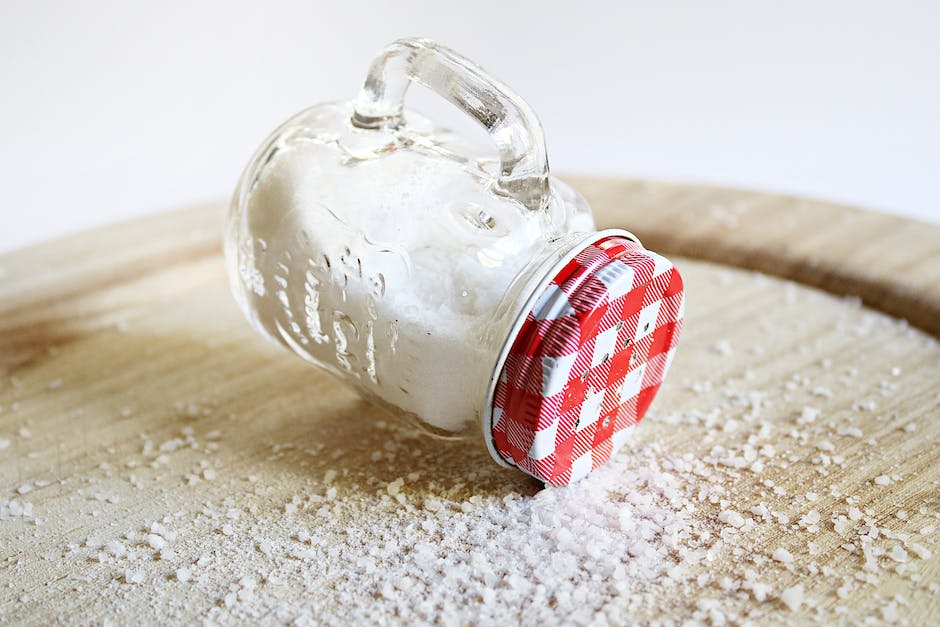The Surprising Side Effects of Himalayan Pink Salt: What You Need to Know
Himalayan pink salt has gained immense popularity in recent years, touted for its purported health benefits and aesthetic appeal. However, as with any dietary addition, it’s crucial to understand the potential side effects that may come with its consumption. In this comprehensive guide, we’ll delve into the less-discussed aspects of Himalayan pink salt, ensuring you’re fully informed about both its benefits and drawbacks.
Introduction
When it comes to seasoning our food, Himalayan pink salt is often heralded as a healthier alternative to regular table salt. Its pink hue and claims of mineral content have made it a favorite among health enthusiasts. But is it possible that this picturesque salt harbors side effects that are overlooked? In this article, we’ll explore the potential impacts of Himalayan pink salt on your health, addressing commonly searched questions and providing you with a balanced perspective.
What Is Himalayan Pink Salt?
Origins and Composition
Before we dive into the side effects, let’s understand what Himalayan pink salt is. Extracted from salt mines near the Himalayas, primarily in Pakistan, this salt is believed to be millions of years old and is praised for its natural harvesting process.
Nutritional Value
Himalayan pink salt is often marketed for its mineral content, including magnesium, potassium, and calcium. However, the concentration of these minerals is relatively low, and it’s important to question whether these trace amounts make a significant difference to your health.
Potential Side Effects of Himalayan Pink Salt
Sodium Content and Blood Pressure
The Sodium Concern
One of the primary concerns with any salt, including Himalayan pink salt, is its sodium content. High sodium intake is associated with increased blood pressure, which can lead to heart disease and stroke.
Balancing Intake
While some argue that Himalayan pink salt may have a lower sodium content than table salt, the difference is minimal. It’s essential to monitor your overall sodium intake, regardless of the salt type.
Mineral Imbalance
Overconsumption Risks
The minerals found in Himalayan pink salt can contribute to your daily intake, but excessive consumption can potentially lead to an imbalance, particularly if your diet is not well-rounded.
The Importance of a Balanced Diet
Relying on Himalayan pink salt as a primary mineral source is not advisable. A varied diet is crucial for maintaining mineral balance.
Is Himalayan Pink Salt Better Than Regular Salt?
Marketing vs. Reality
The marketing of Himalayan pink salt often emphasizes its natural origins and mineral content. However, when it comes to health benefits, the differences between Himalayan pink salt and regular table salt are not as significant as one might think.
The Iodine Factor
Regular table salt is typically fortified with iodine, an essential nutrient that helps prevent thyroid problems. Himalayan pink salt naturally contains trace amounts of iodine, but not enough to meet your daily needs if you rely on it solely for iodine intake.
How to Use Himalayan Pink Salt Safely
Moderation Is Key
As with any salt, the key to incorporating Himalayan pink salt into your diet is moderation. Limiting your overall sodium intake can help mitigate potential side effects.
Diversify Your Mineral Sources
Instead of relying on Himalayan pink salt for minerals, focus on a diverse diet that includes fruits, vegetables, nuts, and seeds to ensure you’re getting a wide range of nutrients.
Commonly Asked Questions About Himalayan Pink Salt
Can Himalayan Pink Salt Lead to Dehydration?
Excessive salt intake can lead to dehydration, as it causes your body to retain water. It’s important to balance your salt intake with adequate water consumption.
Does Himalayan Pink Salt Affect Bone Health?
Some studies suggest that high sodium intake can lead to calcium loss, which might affect bone density. However, the impact of Himalayan pink salt specifically on bone health requires further research.
Conclusion
Himalayan pink salt, like any other salt, should be consumed with caution. While it offers an aesthetic and potentially mineral-rich alternative to table salt, its side effects are not to be ignored. By understanding the potential risks and using it in moderation, you can enjoy the unique qualities of Himalayan pink salt without compromising your health. Remember to maintain a balanced diet and consult with a healthcare provider if you have any concerns about your salt intake.


